
How to get the Lighting EU ERP Energy Efficiency Label?
With the global emphasis on energy conservation and emission reduction, the European Union has introduced a series of energy efficiency policies. Among the most well-known are the ERP energy efficiency label and the energy efficiency grade regulations. These policies have a significant impact on the lighting industry. Today, we will delve into these regulations to provide a reference for companies exporting lighting products to the EU. If you get the lighting ERP energy efficiency label, please contact us for a quote. The cost ranges from $100 to $150, and we can help companies save 30% on certification fees.
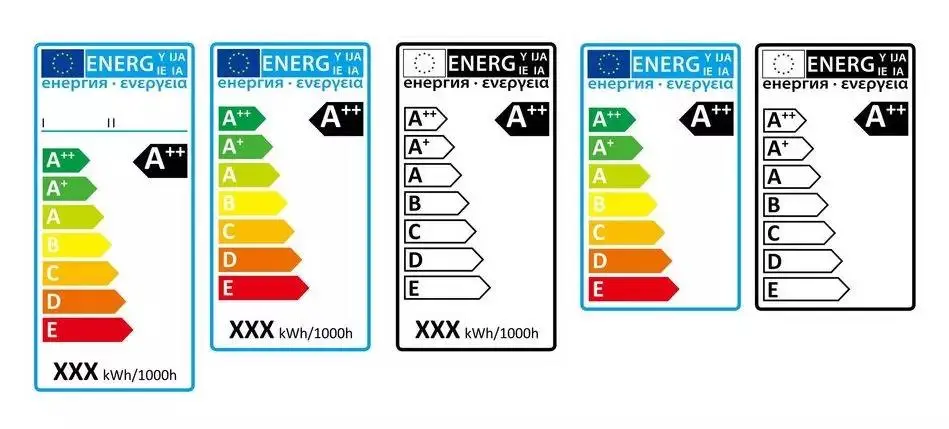
ERP Energy Efficiency Label
The ERP energy efficiency label is an EU-mandated energy efficiency mark used to indicate the energy efficiency grade, annual energy consumption, and other relevant information of a product. The main purpose of this label is to help consumers choose more energy-efficient products, thereby promoting energy conservation and emission reduction.
Label Contents:
The ERP energy efficiency label typically indicates the product's energy efficiency grade (from A+ to G), annual energy consumption (in kWh), and other relevant information such as product features and dimensions.
Scope of Application:
The ERP energy efficiency label applies to various products, including household appliances and lighting equipment. For lighting products, this mainly includes LED lamps, fluorescent lamps, halogen lamps, etc.
Label Requirements:
According to EU regulations, all lighting products sold in the EU market must bear the ERP energy efficiency label. Products without this label cannot be sold in the EU market.
Energy Efficiency Grade Regulations
The energy efficiency grade regulations are policies formulated by the EU to promote energy conservation and emission reduction. They stipulate the minimum energy efficiency standards for different products and categorize them into different energy efficiency grades.
1. Grade Classification: Based on the product's energy efficiency performance, the EU classifies lighting into seven grades, from A+ to G. A+ represents the highest energy efficiency grade, while G represents the lowest. The energy efficiency performance varies significantly between different grades.
2. Regulatory Requirements: The EU requires its member states to formulate specific energy efficiency grade standards based on their domestic conditions and ensure that products on the market comply with these standards. The EU will take corresponding punitive measures for products that do not meet the standards.
3. Impact: The implementation of energy efficiency grade regulations has had a profound impact on the lighting industry. It has prompted companies to develop more energy-efficient products and increased consumer demand for energy-efficient products.
The EU's ERP energy efficiency label and energy efficiency grade regulations are two important energy-saving policies. They play a significant role in promoting energy conservation and emission reduction and encouraging green consumption. For companies exporting lighting products to the EU, understanding and complying with these regulations is crucial. At the same time, these regulations provide consumers with clearer and more transparent product information, helping them make more informed purchasing decisions.
Email:hello@jjrlab.com
Write your message here and send it to us
 ASTM D4169 Drop Test
ASTM D4169 Drop Test
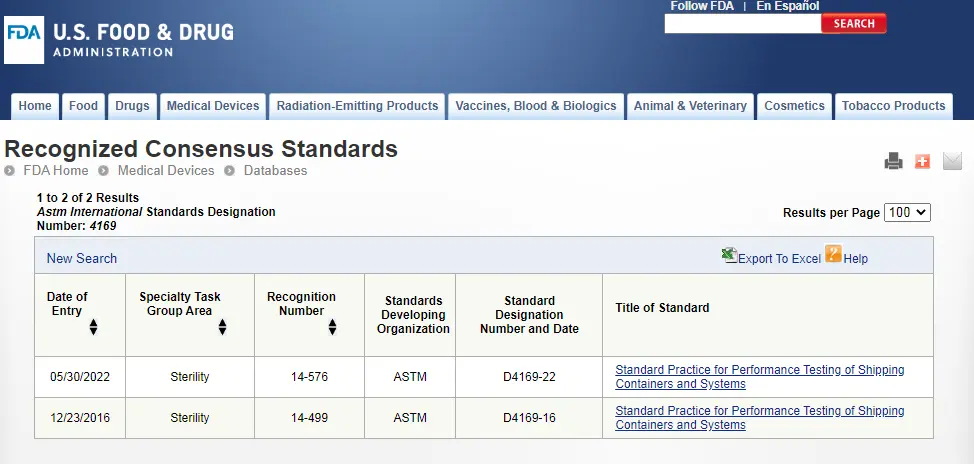 ASTM D4169 Packaging Simulation Transportation Tes
ASTM D4169 Packaging Simulation Transportation Tes
 What is ASTM D4169 Testing?
What is ASTM D4169 Testing?
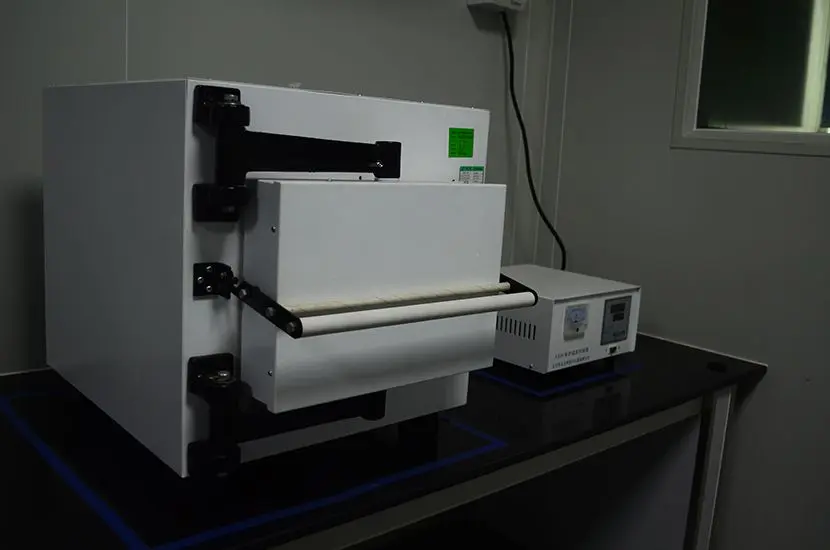 ASTM D4169-23 Test Standard Revision
ASTM D4169-23 Test Standard Revision
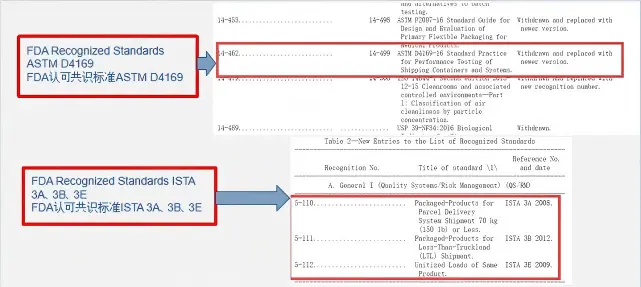 Transport Simulation Testing for Medical Device Pa
Transport Simulation Testing for Medical Device Pa
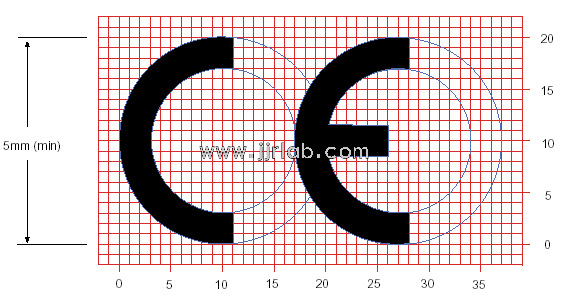 EU CE Certification Guidelines for Lighting Fixtur
EU CE Certification Guidelines for Lighting Fixtur
 Lithium Battery Export: CB Certification & IEC
Lithium Battery Export: CB Certification & IEC
 How to Apply for One FCC Certificate for Multiple
How to Apply for One FCC Certificate for Multiple
Leave us a message
24-hour online customer service at any time to respond, so that you worry!




